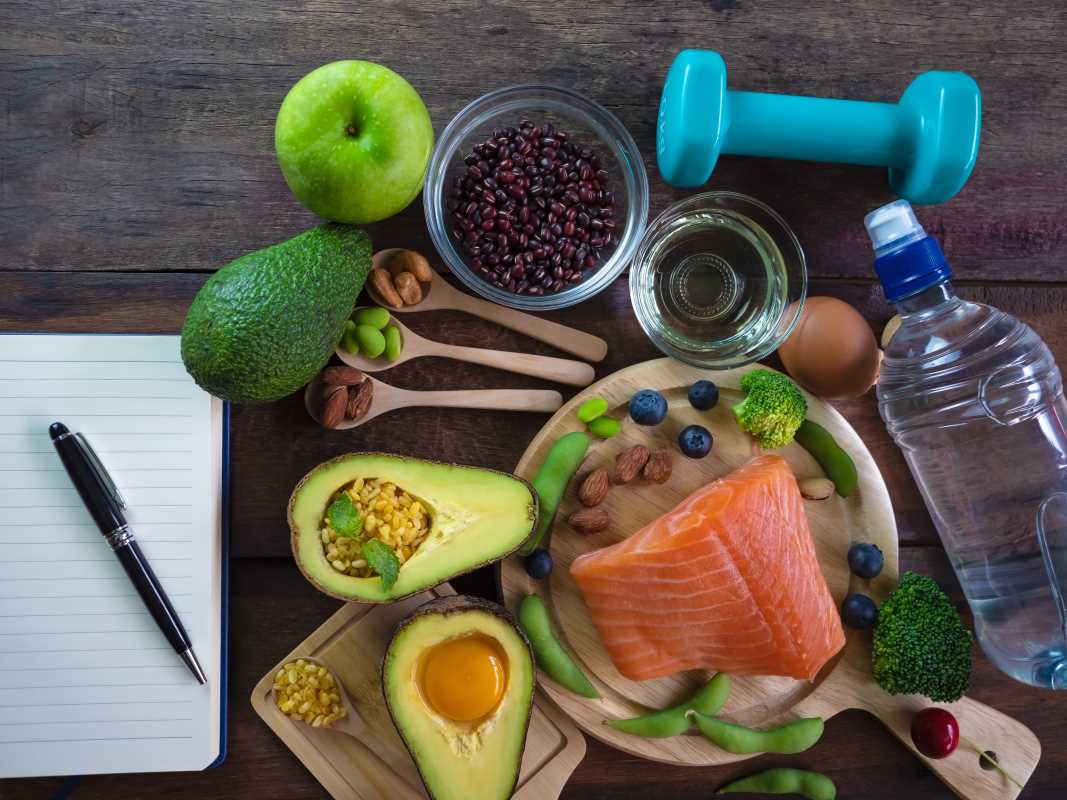Running or training at elevations above 2,500 meters puts extra demands on your body. With less oxygen in the air, you may notice yourself getting winded more quickly, even during gentle workouts. Muscles struggle to access enough energy and may take longer to recover after exercise. To stay strong and perform your best in these conditions, you need a nutrition plan that addresses the unique challenges of high altitude. This guide offers practical advice for maintaining energy, staying hydrated, and improving recovery when training in thin air. Each recommendation uses simple, direct language so you can quickly put these tips into practice.
How Your Body Reacts to High-Altitude Conditions
When you ascend above 2,500 meters, your body begins to adjust its systems. Your blood produces more erythropoietin to increase red cell production. This improves oxygen transport, but it takes days to activate. Until it does, you experience fatigue and shortness of breath during workouts that used to feel easy at sea level.
You also burn more calories just to stay warm and keep basic functions running. This increased demand makes you hungrier faster. Breathing more rapidly causes you to lose more fluids. At high altitude, the air contains less moisture, leading to greater water loss through exhalation. You must replace those fluids and calories to stay healthy and strong.
Macronutrient Approaches
Getting your carbs, proteins, and fats right significantly affects your performance. Focus on balanced meals that support energy levels, muscle repair, and cell health.
- Carbohydrates: Aim for 60–65% of your total calories. Include whole grains, sweet potatoes, and fruits. Eat carb-rich snacks every 2–3 hours to maintain glycogen stores.
- Proteins: Consume 1.6–2.2 grams per kilogram of body weight daily. Choose lean meats, eggs, and plant-based sources like lentils. Eating a protein-rich snack within 30 minutes after training speeds up muscle repair.
- Fats: Fill 20–25% of your daily calories with healthy fats. Use olive oil, nuts, seeds, and fatty fish. These fats support hormone balance and cell membrane functions.
- Timing: Have a balanced meal three hours before intense workouts. Eat a 200–300 calorie snack 30 minutes prior to training to boost energy. After each session, consume a 20–30 gram protein shake or bar.
Hydration and Electrolyte Replacement
Staying well-hydrated at altitude requires more than just water. You lose minerals faster, so replace electrolytes as well.
- Sodium: Increased losses through sweat and breath happen. Mix a quarter teaspoon of sea salt into 500 ml of water or drink sports drinks containing 300–500 mg sodium per 500 ml.
- Potassium: Bananas, avocados, and potatoes top up potassium levels. Aim for 3,000–4,700 mg daily.
- Magnesium: Nuts, seeds, and leafy greens contain magnesium. It helps muscles function properly and reduces cramps.
- Hydration Routine: Sip 150–250 ml every 15 minutes during workouts. After exercising, drink 150% of the fluid lost. Weigh yourself before and after exercise to monitor fluid loss.
Essential Micronutrients and Supplements
Your body requires vitamins and minerals at high altitude. They support energy production and prevent altitude sickness.
Iron is especially important. Low iron levels impair red cell creation. Check your ferritin levels before your trip. If levels drop below 30 ng/ml, increase your intake with lean red meats, spinach, or a doctor-approved supplement. Vitamin D supplements also enhance immunity and muscle strength when sunlight is limited. Take 1,000–2,000 IU daily, or more if tests reveal low levels. Antioxidants like vitamin C and E protect cells from additional free radicals caused by altitude stress. Include citrus fruits, bell peppers, almonds, and sunflower seeds in your snacks.
Creating Meal Plans and Timing
Develop a daily schedule that matches your training intensity and sleep schedule at altitude. You burn more calories just by being there, so your meals need to meet energy and micronutrient requirements.
- 06:30 – Breakfast: Oatmeal with almond milk, banana, chia seeds, and a scoop of OptiFuel protein powder.
- 09:00 – Snack: Greek yogurt, berries, and a handful of walnuts.
- 12:30 – Lunch: Quinoa salad with grilled chicken, spinach, avocado, and olive oil dressing.
- 15:30 – Pre-Workout: Rice cakes topped with almond butter and honey.
- 17:00 – Post-Workout: Shake with PeakRecovery blend and a piece of fruit.
- 19:30 – Dinner: Salmon, sweet potato, and steamed broccoli with a sprinkle of sea salt.
- 21:00 – Evening Snack: Cottage cheese, pineapple chunks, and pumpkin seeds.
Adjust portion sizes based on your hunger and training demands. Keep extra snacks handy for long sessions. Make sure to hydrate during every break.
Adjust your nutrition plan for high altitude to improve performance. Follow these steps and listen to your body's signals for the best results.







